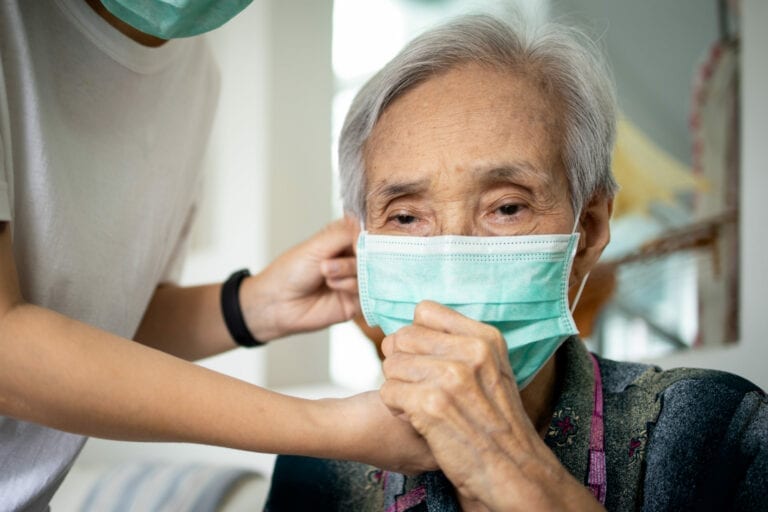Post-Traumatic Stress Disorder (PTSD) is a mental health condition that can affect individuals of all ages, including older adults. While PTSD is often associated with veterans and individuals who have experienced combat or violence, it can also occur as a result of other traumatic events, such as accidents, natural disasters, or personal loss. In this comprehensive article, we will delve into the signs of PTSD in older adults, shed light on the unique challenges they face, and explore effective strategies for supporting their well-being and recovery.
Table of Contents
Signs of PTSD in Older Adults
As we age, our bodies and minds undergo various changes, making it crucial to recognize the signs of PTSD in older adults. While some symptoms may overlap with those experienced by younger individuals, there are certain manifestations that are more commonly observed in the elderly population.
Flashbacks and Intrusive Memories
Older adults with PTSD may experience flashbacks, where they feel as though they are reliving the traumatic event. These flashbacks can be triggered by specific stimuli, such as sights, sounds, or smells, associated with the traumatic experience. Intrusive memories, which can be distressing and intrusive, are also common. These memories often disrupt daily life and may lead to increased anxiety and emotional distress.
Learn More: What is Spinal Injury Care?
Avoidance and Emotional Numbing
Avoidance is a coping mechanism often employed by individuals with PTSD. Older adults may actively avoid places, activities, or people that remind them of the traumatic event. This avoidance behavior can restrict their daily routines and social interactions. Additionally, emotional numbing is a common symptom, where older adults may struggle to experience positive emotions or find joy in activities they once enjoyed.
Hyperarousal and Hypervigilance
Hyperarousal is a heightened state of alertness and reactivity, which can manifest in older adults with PTSD. They may experience difficulty sleeping, irritability, outbursts of anger, and a constant sense of being on guard. Hypervigilance, characterized by an increased awareness of potential threats, can contribute to feelings of anxiety and a persistent sense of danger.
Cognitive and Mood Changes
PTSD can also impact cognitive functioning and mood in older adults. They may struggle with memory problems, difficulty concentrating, and impaired decision-making. Additionally, feelings of guilt, shame, sadness, and hopelessness are commonly reported. It is essential to distinguish between symptoms of PTSD and those associated with other age-related conditions, such as dementia or depression, to ensure accurate diagnosis and appropriate treatment.
Learn More: Creating An Effective Care Plan: A Guide For Family Caregivers
Physical Symptoms
While PTSD primarily affects mental and emotional well-being, it can also manifest in physical symptoms in older adults. Chronic pain, headaches, gastrointestinal problems, and cardiovascular issues are some examples. These physical symptoms can exacerbate the psychological distress experienced by individuals with PTSD, creating a complex interplay between mind and body.
Conclusion
Understanding the signs of PTSD in older adults is vital for identifying and addressing their unique needs. By recognizing the manifestations of PTSD, providing support, and facilitating access to appropriate treatment, we can help older adults on their journey towards healing and recovery. Remember, age should never be a barrier to seeking help, and with understanding and compassion, we can make a positive impact on the lives of those living with PTSD.







